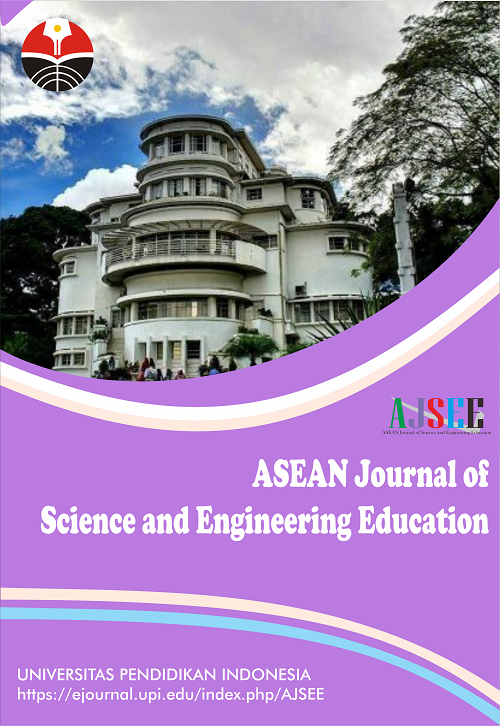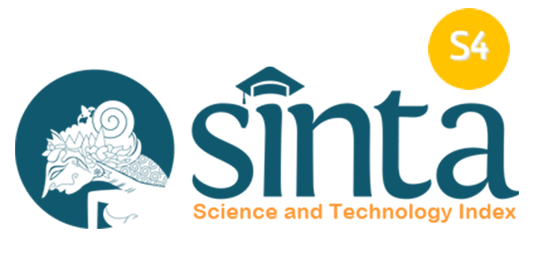Public School Performance vis-à-vis Safety and Readiness: An Assessment
Abstract
Keywords
Full Text:
PDFReferences
Abejuela, H., Ejem, L., and del Rosario, A. (2020). Disaster risk reduction and management mechanisms for school-aged children in flood and landslide vulnerable areas in the province of bukidnon. Asia Pacific Journal of Social and Behavioral Sciences, 18, 43-60.
Acaylar, E. and Reyes, R. (2021). Governance and challenges among schools in division of zamboanga del norte amidst Covid 19. International Journal of Research Engineering, Science and Management, 4 (11), 37-44.
Bacus, J. (2020). Disaster risk reduction management in carcar central elementary school Cebu City. Central Mindanao University Journal of Science, 1, 19-25.
Cabilao-Valencia, M., Ali, M., Maryani, E. and Supriatna, N. (2018). Integration of disaster risk reduction in the curriculum of philippine educational institution. Advances in Social Science, Education and Humanities Research, 253, 463-468.
Cañete, S. (2019). Regression model for the professional engagement among high school teachers in disaster risk reduction management. International Journal of Sciences: Basic and Applied Research, 48(2), 144-150.
Canlas, I. (2019). A review of disaster risk reduction education in Japan, the Philippines Indonesia and Fiji Islands. Innovative Technology and Management Journal, 2, 47-60.
Ismael, R., Arshad, R., and Abas, Z. (2018). Can teachers’ age and experience influence teacher effectiveness in HOTS?. International Journal of Advanced Studies in Social Sciences and Innovation, 2(1), 144-158.
Maglangit, M., Pagobo, A., Adem, A., Gagani, R., and Montalban, R. (2019). Disaster and risk reduction preparedness evaluation of the 6th district schools of Lapu-Lapu City. American Journal of Humanities and Social Sciences Research, 3(5), 203-206.
Manuel, S. K. J. and Gelido, R.T. (2021). Disaster risk reduction management plan of secondary schools in Sta. Barbara, Philippines. ASEAN Multidisciplinary Research Journal, 9(1), 16-40.
Mirzaei, S., Tafti, A., Mohammadinia, L., Nasiriani, K., Rahaei, Z., Falahzadeh, H., and Amiri, H. (2020). Operational strategies for establishing disaster-resilient schools: A qualitative study. Advanced Journal of Emergency Medicine, 4(2), 23.
Olaivar, N. and Pobar, R. (2017). Brigada eskwela and disaster preparedness as an approach to pupil’s academic achievement. International Journal of Environmental and Rural Development, 8(2), 82-87.
Olaivar, N. and Pobar, R. (2017). Brigada eskwela and disaster preparedness as an approach to pupil’s academic achievement. International Journal of Environmental and Rural Development, 8(2), 82-87.
Panes, R., Panes, I., Ventayen, R., Pereyras, J., and Ventayen, C. (2020). Disaster preparedness and readiness of an institution in one ASEAN Country. A-MRJ, 4(1), 34-48.
Regis, D. (2020). Implementation of the school disaster risk reduction management in public elementary schools in region VIII. Multidisciplinary Research Journal, 2(1), 48-61.
Ronquillo, R. (2020). Teachers’ preparedness on disaster risk reduction and management measures among public senior high schools in the division of Batangas City. International Journal of Innovative Science and Research Technology, 5(12), 306-313.
Santos, G. (2021). 2020 tropical cyclones in the Philippines: A review. Tropical Cyclone Research and Review, 10(3), 191-199.
Ventura, G. and Madrigal, D. (2020). Awareness and practices on disaster preparedness of students of a public high school in antique. Philippine Social Science Journal, 3(2), 45-46.
DOI: https://doi.org/10.17509/ajsee.v4i2.60079
Refbacks
- There are currently no refbacks.
Copyright (c) 2023 Universitas Pendidikan Indonesia

This work is licensed under a Creative Commons Attribution-ShareAlike 4.0 International License.














